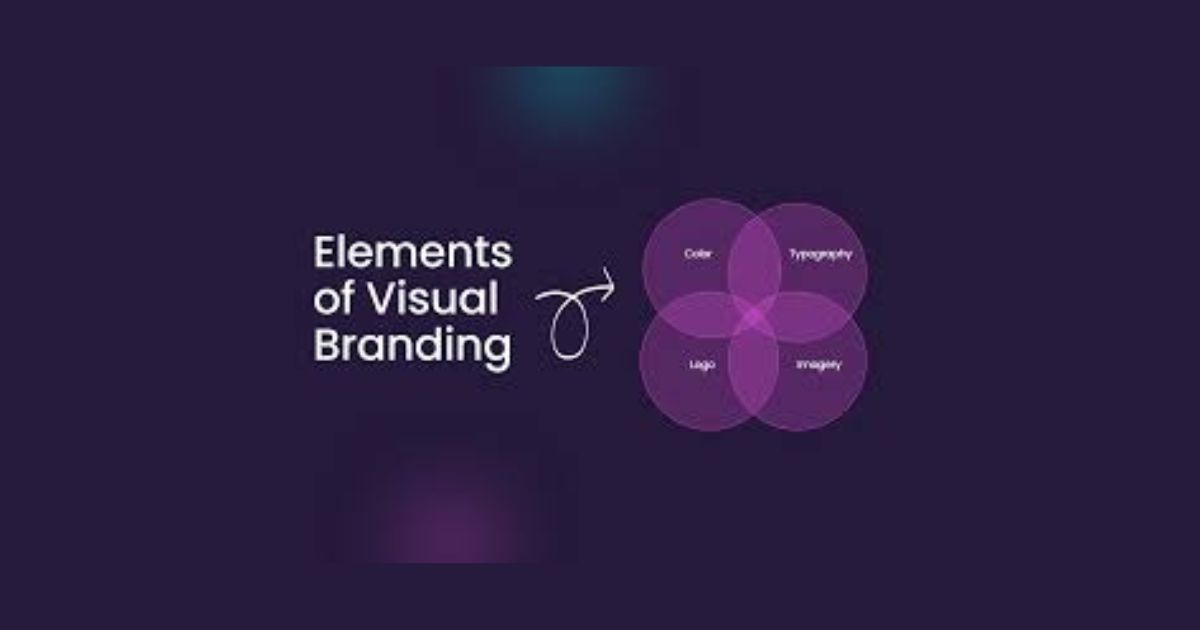Visual branding is the design element that makes a brand different from its competitors. It’s the strategic use of visuals to communicate a brand’s message, values and purpose. By having a consistent and beautiful identity, visual branding helps consumers to recognize and connect with a brand on a deeper level.
It is the art of using design elements like colours, typography, imagery and layout to convey a brand’s personality, values and message. It’s the visual representation of your brand and plays a big part in how your audience perceives and connects with your business.
In this article presented by FOR®, we will tell you about visual branding and how it can revolutionize your business. Learn the secrets behind creating a compelling visual identity, crafting an effective branding strategy, and designing impactful brand visuals and logos that leave a lasting impression.
Top Elements of Visual Branding
Visual branding is key to a memorable brand. By using all the elements you can create a visual language that speaks to your audience. Here are the elements of visual branding:
Logo Design and Symbols
A logo is the foundation of a brand’s visual identity. It’s a symbol that sums up the brand, so it’s instantly recognisable. A good logo is simple, memorable and reflects the brand’s personality. It should say what the brand stands for and leave a lasting impression on the customer.
A pretty and memorable logo is part of visual branding. It’s the face of your brand and should be designed to say what your brand is and what it stands for. Adding symbols that are part of your brand’s identity helps with brand recognition and says what your brand is in a nutshell.
Colour Psychology and Its Role
Colour has a huge impact on human emotion and can summon up specific feelings and associations. By choosing a colour scheme that matches your brand values and target audience you can create a visual language that speaks to your customers.
When creating a visual brand identity choosing colours that match the brand values and the desired emotional response is key. Consistency across all brand touchpoints reinforces brand recognition and a cohesive visual experience.
For instance blue is associated with reliability and calmness so most banks use blue to build trust. People make subconscious decisions based on visual elements so choosing the right colour palette can make your target audience do what you want them to do. Specifically it can influence their buying behaviour.
Typography and Its Impact
Typography is key to brand communication. Fonts and typographic styles can convey different messages and create different impressions. Clean fonts convey professionalism and reliability, playful and creative fonts a more playful brand. Consistency in typography reinforces brand recognition and visual harmony.
Brand typography is the layers that support your brand design, voice and personality. It organises your written content. Although related, brand typography is different from brand font or typeface. Typography takes a big chunk of your brand identity from your logo, website and emails to your marketing materials. It’s how your audience perceives and remembers your brand because it’s a big part of your visual identity.
Imagery and Visuals
Imagery is a powerful thing in storytelling. By choosing and curating visuals that match your brand message and audience you can create an emotional connection and leave a lasting impression. High quality relevant imagery can evoke emotions, convey your brand values and enhance the brand experience.
From photography to illustrations and graphics these visuals should be consistent with the overall brand aesthetic and messaging. Your brand photography is photos of your products, your team, process, your team, office and other images that make you unique. Having illustrations as part of your visual elements makes your brand more cohesive and more recognisable. They add more depth to the messages you want to convey visually.
Graphic Elements
Graphics like patterns, icons and shapes form part of a brand’s visual language. These can increase brand recognition and reinforce brand identity. By using unique and consistent graphics a brand can create a visual identity that stands out from the competition.
The digital marketing industry is more visual than ever, so the competition is fiercer. Along with developing your brand essence, brand story, core values, personality etc you should always back it up with solid and relevant visuals. Plus retention is better with visual content than written.
Conclusion
Visual branding can shape and define a brand. By using logos, colours, typography, imagery and graphics brands can communicate their values, create an emotional connection with the customer and stand out in a crowded market.
When done well and consistently visual branding becomes part of the brand identity and leaves a lasting impression on the target audience. Invest in visual branding and create a strong and memorable brand for your business.
Don’t forget visual branding is about more than just looks, It’s about connection. So get to work on your brand identity and watch your brand grow. If you want to Boost your online presence with Visual Identity. You can work with a specialist like FOR®’s Digital Branding Agency.

